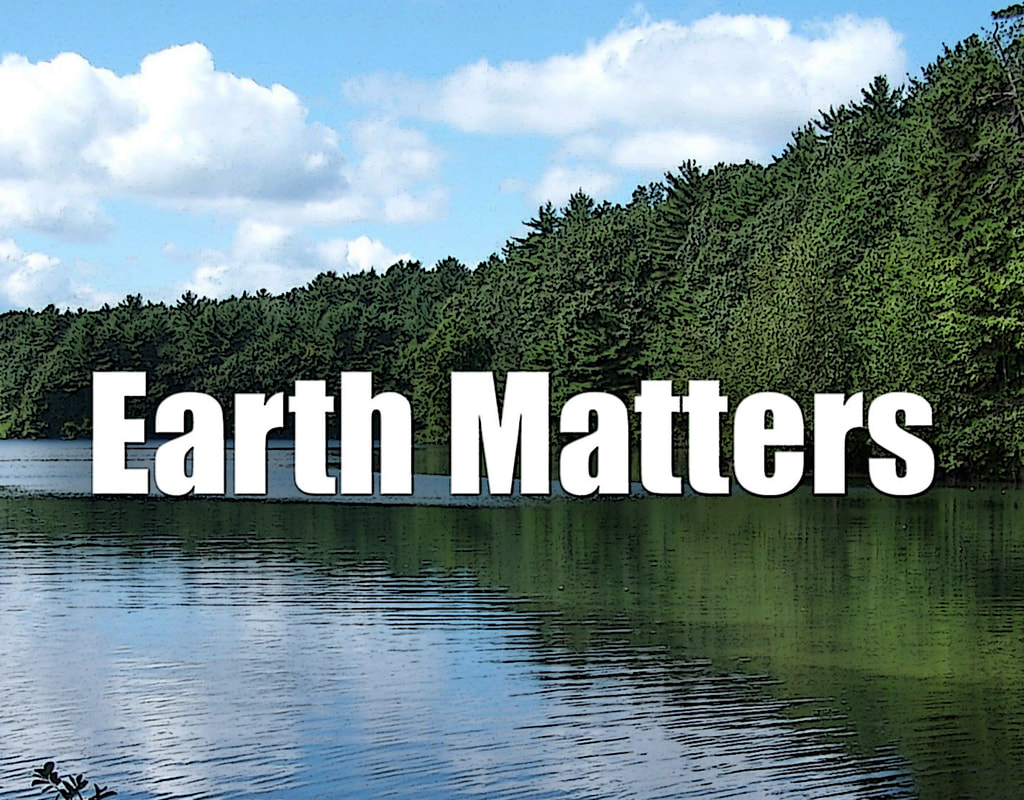|
English poet William Cowper told us two centuries ago that "Variety is the very spice of life that gives it all its flavour." If we apply that premise to the weather, Pennsylvania is among some of the world's zestiest meteorological places. Beyond considerable seasonal variation, there is an amazing variability from place to place in the Commonwealth as well. It is not uncommon for Philadelphia and Bradford to have temperature differences approaching twenty degrees. Average annual snowfall is five times greater in the northwestern part of the state than in the southeast.
Differences in elevation contribute to this profound variability in Pennsylvania. A difference of over 2,500 feet from the lowest to highest elevations can understandably bring wildly different weather. Yet it is the variability from year to year that is sometimes most difficult to comprehend and explain. The anniversary of one of the world's most extreme rain events brings to mind one such example. In the midst of one of the worst regional droughts in the last half century, we commemorated the 70th anniversary of one of the world's most extreme rain events this past week. The Smethport/Port Allegheny Flood of 1947 took place on July 17 and 18, 1947. An almost incomprehensible thirty inches of rain fell in less than five hours in the town of Port Allegheny, not far from the New York border. Three mechanisms can produce rain in these parts and all three showed up in McKean County on that fateful day post-World War II. When air is lifted, it is cooled and water vapor condenses on dust particles in the air. When that air is moist those clouds will have enough moisture in them to produced not just clouds, but rain-producing clouds. Warm, moist air being pumped northward from the Gulf of Mexico provided the moisture. A stationary front was hanging around the Pennsylvania/New York border and this provided an opportunity for something called "frontal lifting." This happens along fronts where cold and warm air meet. Since cold air is denser, the warmer air is lifted upward, cooling and producing clouds and rain in the process. Since there was very warm, moist air also present, there was an excellent opportunity for lifting of the air by thermal convection. In simpler English, that means that heating of the earth's surface allows air to rise and produce clouds and rain. McKean County is part of an old deeply eroded plateau and the topography of the region is rough. This provides the possibility of something called "orographic lifting." That is to say that air can be lifted up and over mountains, again allowing cooling and cloud and rain formation. One final element turned it into a record-setting deluge. As thunderstorms formed, they did something called "training" along the stationary front. Training occurs when the rainstorms run or "train" along the front. When a front passes through, the associated rain passes through with it, but when the front doesn't move much the rain can stay in one place a very long time. So though July can be very dry, like 2012, the great flood of 1947 reminds us that it can be mighty wet, too. Applied Weather Associates did an excellent report on the 1947 storm.
0 Comments
Your comment will be posted after it is approved.
Leave a Reply. |
Climate and Weather
Understanding Pennsylvania Snow
The Flood of 1947 The Hottest Day Rising Sea Level Cold Winters & Big Pictures Rainy Junes: 1972 & 2015 Penn State's Weather World The Paris Accord 2016's Peculiar Snowstorm Two Different Winters: 1936 & 2016 The Year Without A Summer Pennsylvania's Hottest Summer Other Categories |
|
All Original Material - Copyright © - All rights reserved. No part of this site may be used without written consent. Email John with questions.
Site Powered by Weebly. Managed by Brush Mountain Media LLC. |
© COPYRIGHT
2010-2023. |

